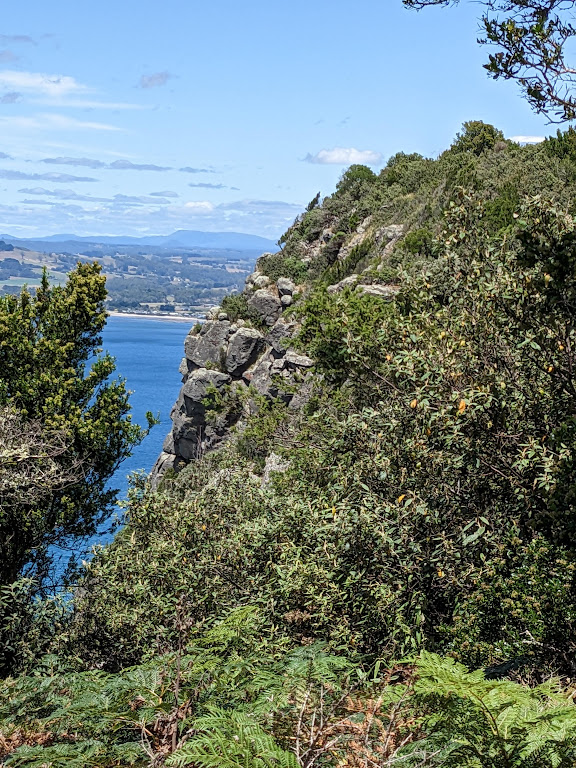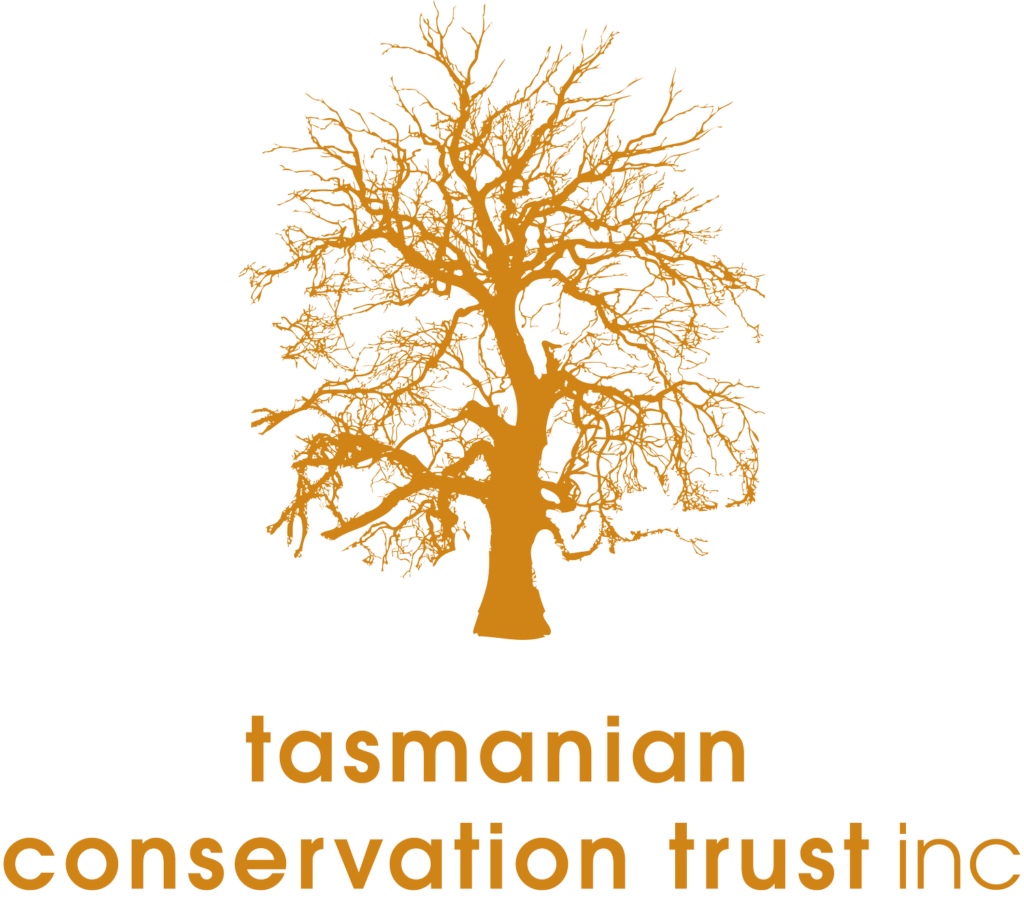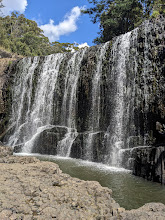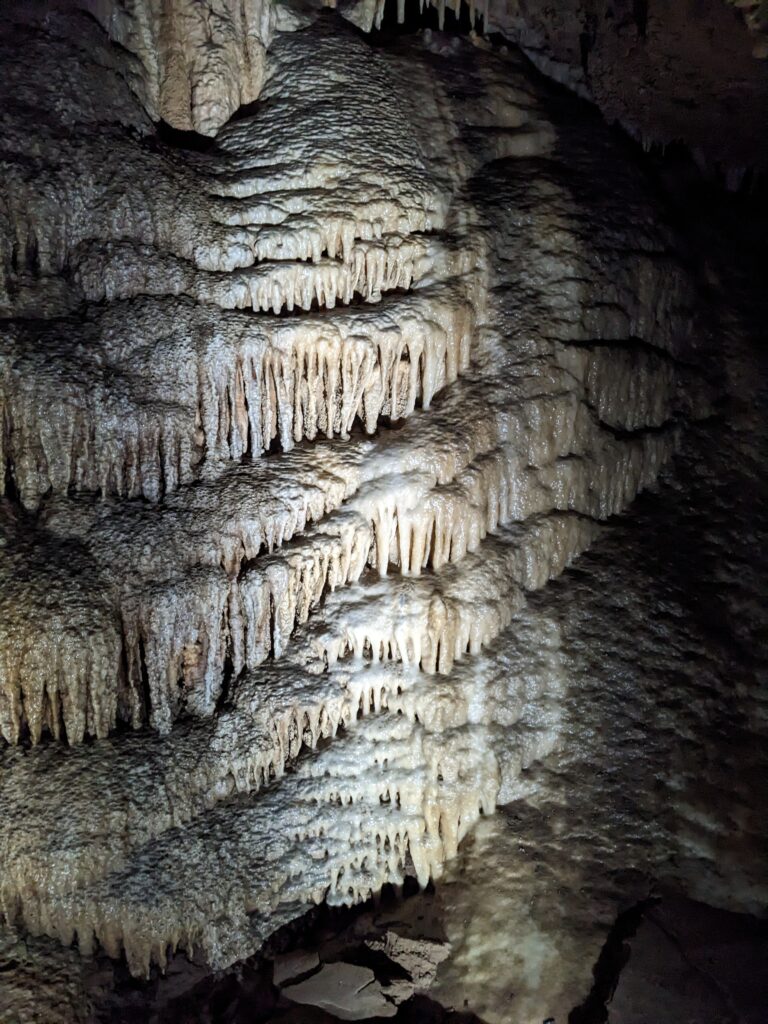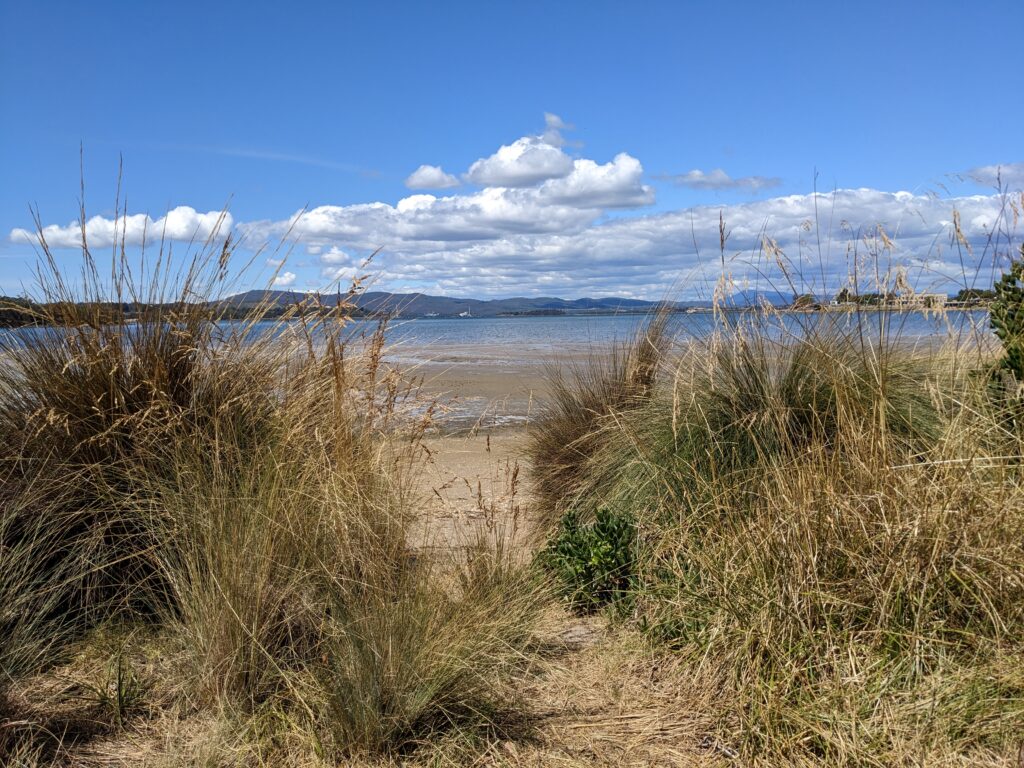This summer, we finally realized a dream of long-standing: to return to Tasmania. You may remember that I wrote about my first visit in the late 1980s, when the One & Only took me on a trek to Frenchman’s Cap? Thirty five years on, and I have refused point-blank to lug a rucksack through the wilderness and live off Deb and freeze-dried meat for days on end. Instead, we are having a civilized road trip, exploring the highways and byways of this remote island state of Australia.
According to my sources, over 20% of Tasmania is protected by UNESCO as a Wilderness World Heritage Area and just over 40% of the entire island is designated as a national park or reserve. A good portion of the remainder is farmland. The scenery, almost everywhere, is breath-taking.
Tasmania’s economy once depended largely on mining, food production, fish and forestry, but in recent years – COVID years aside – tourism has become its backbone. (Thus, the huge carpark at Cradle Mountain to accommodate the ever-increasing influx of visitors.) Sadly, tourism may be good for the economy, but it is, without doubt, a disaster for the native wildlife. Currently, the number of resident Tasmanians is around 550,000. Tourists can add more than double that number to the population every year. That’s not to say that tourists are responsible for all the deaths, but the extra cars on the road obviously don’t help. One report I read suggested that an average of 32 animals die every hour on Tasmanian roads – and it is estimated the native animal roadkill toll reaches at least 500,000 annually. And that’s just the ones that get counted.
The carnage on the country roads quickly becomes distressing, as we pass the corpses of potoroos and possums, quokkas and quolls, wallabies and the occasional wombat. Small, fluffy brown mounds on the side of the road, or dead centre (pun intended), are carrion for either crows or the rare and carnivorous Tasmanian Devil, foraging for dinner. I pray that each battered body died quickly and didn’t suffer.
The Tasmanian Conservation Trust, among others, works to preserve and protect the state’s flora, fauna and cultural heritage. The website for Wildlife matters provides a few tips on how Tasmanians and tourists here can help reduce these deaths:
• Drive more slowly at night, particularly at dusk and dawn. These are the times when animals are most active.
• Always expect that there could be an animal just out of sight. Many animals are killed on road bends, rises or dips.
• Be alert. Watch for shadows and movement at the road edge.
• If you see one animal or bird crossing the road, expect others to be following.
• Never assume an animal or bird will move before you hit them. Modern cars are very quiet.
• You shouldn’t swerve suddenly as it is dangerous: just slow down enough to give the bird or animal time to escape. Or toot your horn.
• Be aware that in spring and summer reptiles appear on the roads so look closely at anything on the road that at first glance appears to be a stick.
• If you do hit something, stop to check if it is still alive and call a rescue service for advice.
So, we are driving very cautiously, And, despite the sadness of so much death and destruction, the scenery is awesome. Inland, we discover an almost Scottish landscape of rocky riverbeds and mountain tarns, boggy moorland and craggy hills, with gum trees and marsupials thrown into the mix to differentiate Tassie from its northern hemisphere cousin.
And we soon spot enough living wildlife to give us a buzz: five echidnas in one afternoon, strolling along the verge, and one in the garden where we are staying, known to our host as ‘Ed’. Wallabies, black cockatoos, a snake, a couple of hawks hover near the road. But could someone please teach them not to play in the traffic? Even the increasingly rare Tasmanian Devil often loses the fight against the armoured invaders (cars, trucks, utes, buses), as he heads for these ‘rivers of death’ to dine on the proliferation of roadkill. Reptiles especially like the roads because they are warm. And roads often cut across the territories of native animals such as wallabies and pademelons, who try to cross to the other side, unaware of the danger. High banks or thick undergrowth along narrow country lanes can also prevent a quick escape, as cars bear down upon them with blinding headlights.
The coast road, too, is strewn with small bodies. Yet, lifting my eyes from the deadly asphalt, the view is glorious. Bite-sized bays are strewn with or interlocking, dark grey, hexagonal basalt columns that look like man-made forms of vulcanized tyres, miniature versions of The Giant’s Causeway in Northern Ireland. We found some of these up in the hills too, paving the way for a waterfall above Burnie. The amount of water, in rivers, creeks, tarns, dams and reservoirs, is astounding to this South Australian woman.
Many of these waterways also create treasures below the ground, in the form of a stunning series of caves. Nearby, Gunns Plains has an incredible number of them, but only one that is open to the general public. This limestone tunnel was formed by an underground river, the limestone dripping through to create an astounding collection of stalactites, stalagmites, helictites and flowstone. This cave was accidentally discovered by a local farmer while out possum hunting. Early visitors had to descend down a rope, through a hole in the ground, until a staircase was finally constructed. For two months last year, floodwaters filled these caverns, after which all the electricity boxes needed replacing. Currently, the accessible path is only 275m long, but apparently a further kilometre of caverns has been mapped.
In a group of ten, we descend the steep concrete staircase into the bowels of the hill. Known as an ‘adventure cave’, the steps and pathways are uneven, damp and sometimes slippery. Often, we need to duck, or even bend double to squeeze through the narrow gaps between rocks and formations into subsequent caves. Trish explains that ‘her’ cave is home to a variety of animals. Fortunately, it is too cold for bats, who would inevitably draw the snakes if they were to roost here, but fish, eels and freshwater crayfish have all found their way in, and recently, a platypus has nested here to raise her puggles. Isn’t that the best word for a baby platypus? (And also used for a baby echidna.) Glow-worms sparkle on the roof – a much prettier name than the gnat larva they actually are, as bioluminescence is a more attractive name for the blue-green light they emit from their luminous bottoms. Long strings of saliva hang from the ceiling of the cave twinkle like fairy lights in the torchlight. These are created by our predatory little glow worms, who use their light to lure insects into the long strands of stickiness they have created. Talk about beauty being skin deep.
Above the ground, Tasmania abounds with names that would be familiar to any visiting Brits: the Tamar Valley and Launceston (Cornwall), Ulverstone (from Ulverston in Cumbria), the English counties of Somerset and Hampshire, Devonport (near Plymouth on the south coast) and Sheffield (from the midlands of England). There’s even a Mersey River. Scotland rates a mention too, with Leith also sitting beside the Forth River. Abel Tasman, the Dutch explorer and the first European to come across this island, officially named it Van Diemen’s land, to honour a superior. Later, it would become better known as Tasmania, for Tasman himself, in an attempt to detach it from its past: an horrifically infamous penal settlement and the European destruction of the island’s aboriginal tribes.
We have spent gentle days weaving up and down winding lanes, through farmland and forests, along deep gorges cluttered with blue gums soaring towards the sky. The memories of the past may overshadow the present, but it is easy to forestall those historical miseries as we zip along the ravishing coast road between Ullverstone and Stanley, on the lookout for lighthouses and penguins.
Despite Antarctica’s relative proximity to Tasmania, its various penguin species remain aloof. Only the 33 cm high mini penguins, (eudyptula novaehollandiae) live and breed around the Tasmanian coastline. Fairy penguins – or Little Penguins, as they are known locally, are the smallest penguins in the world. Common to southern Australia and Tasmania, many of the colonies on the mainland have been destroyed, or seriously diminished by dogs and foxes. However, they are apparently still breeding along the northern coast of Tasmania. So, on our last day in the area, we head down to the beach at sunset to see if we can catch a glimpse of them arriving home from a day’s fishing.
Our hostess recommends Lillico, a Conservation Beach between Devonport and Ullverstone. Here, a watching platform has been built above the penguins’ nesting grounds. As the sun starts to set, the platform fills up with families keen to see these little fellows at close quarters. We wait and wait, and eventually someone spots an adult penguin just below the walkway, denuding itself of last year’s coat. Until the new one grows in, this bloke is landlocked. But come the autumn, when the chicks, too, have replaced their soft down with thick, waterproof coats, they will all head out to sea, where they will spend the next few months fishing, until the next breeding season calls them back to shore.
Little penguins don’t fly, but their stubby wings make excellent flippers for swimming in the ocean. They spend approximately 80% of their lives at sea, only coming to shore during the breeding season (August to February) to raise their young, and moult. Before landing, they apparently gather offshore in groups or ‘rafts’, waiting for dusk to cross the beach, in order to evade any waiting predators.
The pack of sightseers in the front row prevents those further back spotting the adults coming into shore and waddling up the beach, but there is now plenty of activity backstage, where the babies – full height but still fluffy – are emerging from their holes. One pair keeps us amused for ages, flapping its stubby little wings frantically, as if determined to become airborne. One even clambers awkwardly up on a rock, in the hope that gravity will launch his flying career. A friendly guide spotlights them with a torch covered in red cellophane so as not to harm their eyes or distress them. Gradually, others emerge, waiting patiently for their parents to appear with dinner. Two young teenagers of the penguin variety are canoodling right beside the boardwalk, where kids of the human variety squat down, knowing not to touch, but so close that it would only take another inch or two…
The penguins must be aware of their audience – we are virtually breathing down their necks – but are they bothered? Not at all. One actually looks up and waves a flipper at the smallest child peering over the wire. It is a magical night, and the efforts of local conservationists to support the penguins survival is encouraging. Numbers are gradually increasing as practical initiatives such as weed eradication, habitat restoration, fencing, and the installation of artificial burrows, as well as educational programs, have led to recolonisation and increased breeding at many sites .Perhaps something will eventually be achieved for those native mammals, birds and reptiles, who so regularly and abruptly lose their lives on the roads, or due to the conflicting interests of farmers and forestry. After all, would Tasmania be so well worth visiting if there were no wild animals to enjoy?

